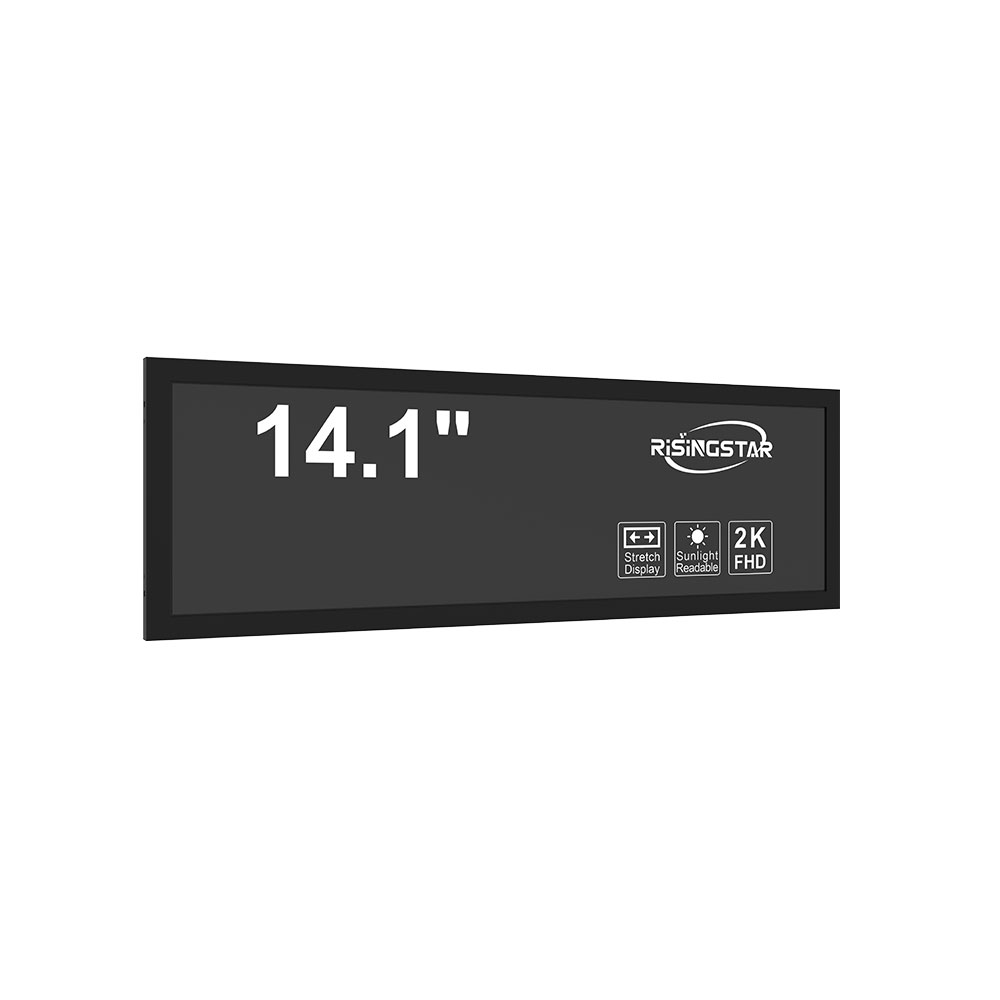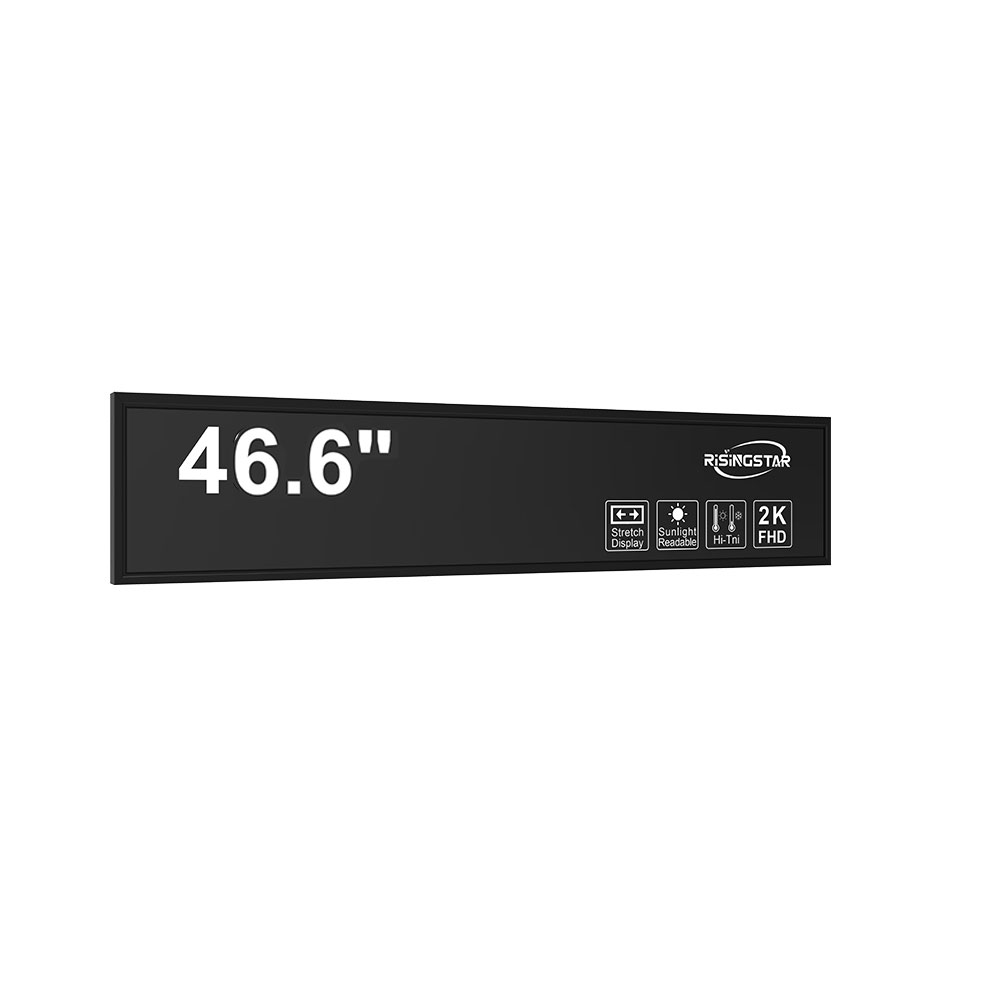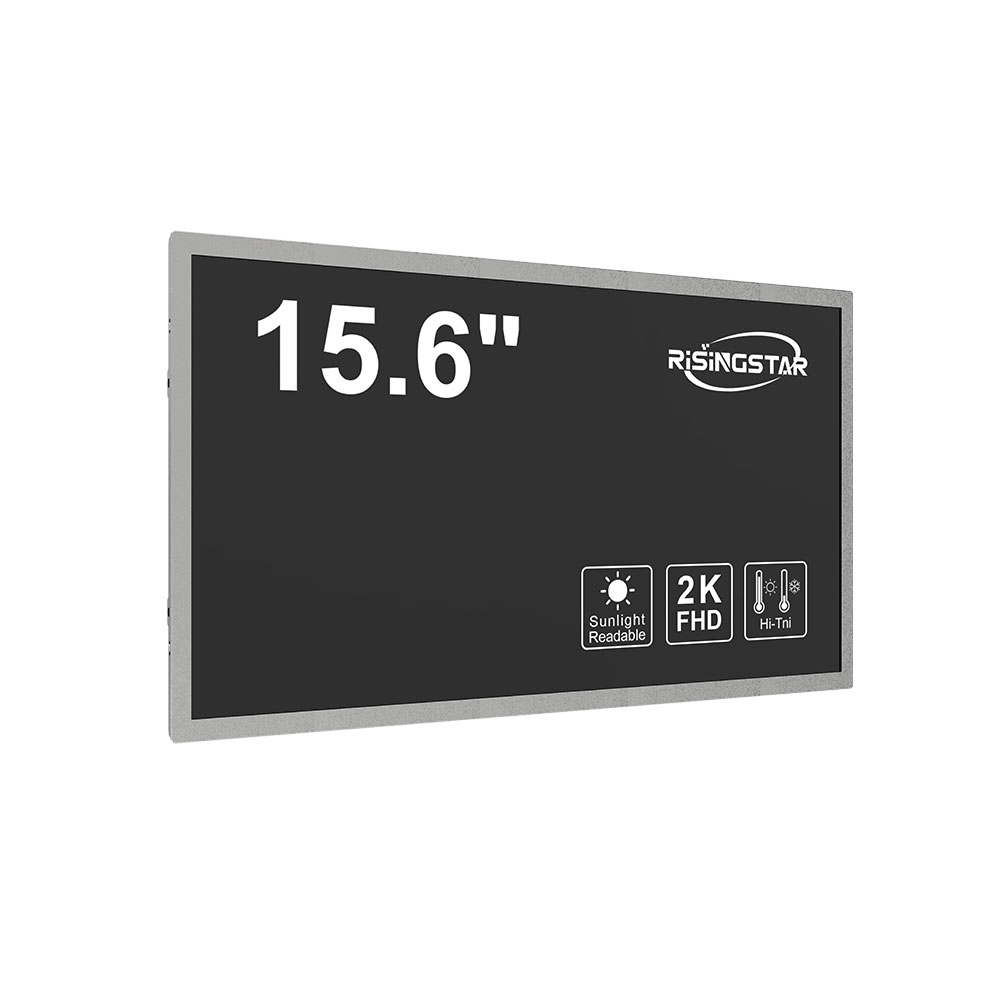- Home
- About Us
- Products
- News
- Video
- Contact
- Send Inquiry
Search
- Home
- About Us
- Products
- News
- Video
- Contact
- Send Inquiry

In today’s rapidly evolving consumer electronics market, the quality of a television's display is one of the most critical factors influencing purchasing decisions. Among the various display technologies available, In-Plane Switching (IPS) panels have become a staple in high-end and mid-range televisions due to their superior color accuracy, wide viewing angles, and consistent image quality. Understanding what an IPS panel in a TV is—and why it matters—can help consumers make more informed choices when buying a new screen.
IPS technology was developed in the late 1990s by Hitachi and later refined by companies like LG Display and AU Optronics. Unlike older Twisted Nematic (TN) panels, which suffer from limited viewing angles and poor color reproduction, IPS panels align liquid crystal molecules parallel to the glass substrate. This design allows for better light transmission and more precise control over pixel colors across different angles. As a result, users experience minimal color shift or brightness loss when viewing the screen from the side—a key advantage for living rooms or large gatherings where viewers are not always seated directly in front of the TV.
One of the most significant benefits of IPS panels in TVs is their ability to deliver accurate color representation. This makes them ideal for professionals in media production, graphic design, and photography who rely on precise color grading. However, even casual viewers benefit from IPS panels because they offer richer, more vibrant images compared to TN or VA (Vertical Alignment) panels. Many modern 4K and 8K UHD TVs now feature IPS-based displays, especially those marketed as “color-accurate” or “HDR-ready.”

While IPS panels generally offer better image quality than other types, they do come with trade-offs. For example, they often have slower response times compared to TN panels—though advancements in technology, such as IPS Black and Fast IPS, have significantly reduced motion blur. Additionally, IPS panels can be more expensive to manufacture, which may influence retail pricing. Still, the improved visual experience justifies the cost for many buyers seeking premium performance.

Case studies from leading manufacturers like Samsung, Sony, and LG show that IPS-based TVs consistently rank higher in consumer satisfaction surveys related to picture quality and usability. According to a 2023 report by Display Supply Chain Consultants (DSCC), over 65% of all premium smart TVs sold globally use IPS panels, up from just 40% in 2018. This growth reflects rising demand for home entertainment systems that support HDR content, gaming, and streaming services like Netflix and Disney+.

When choosing a TV with an IPS panel, look for specifications such as peak brightness (measured in nits), contrast ratio, color gamut coverage (e.g., 90% DCI-P3), and refresh rate (60Hz, 120Hz, or higher). These metrics ensure you’re getting a well-rounded display optimized for both cinematic content and fast-paced gaming.
Ultimately, if you're looking for a TV that delivers vivid colors, excellent viewing angles, and reliable performance across diverse lighting conditions, an IPS panel is an excellent choice. Whether you’re building a home theater setup or upgrading your living room screen, understanding what an IPS panel in a TV truly means can elevate your viewing experience and future-proof your investment.